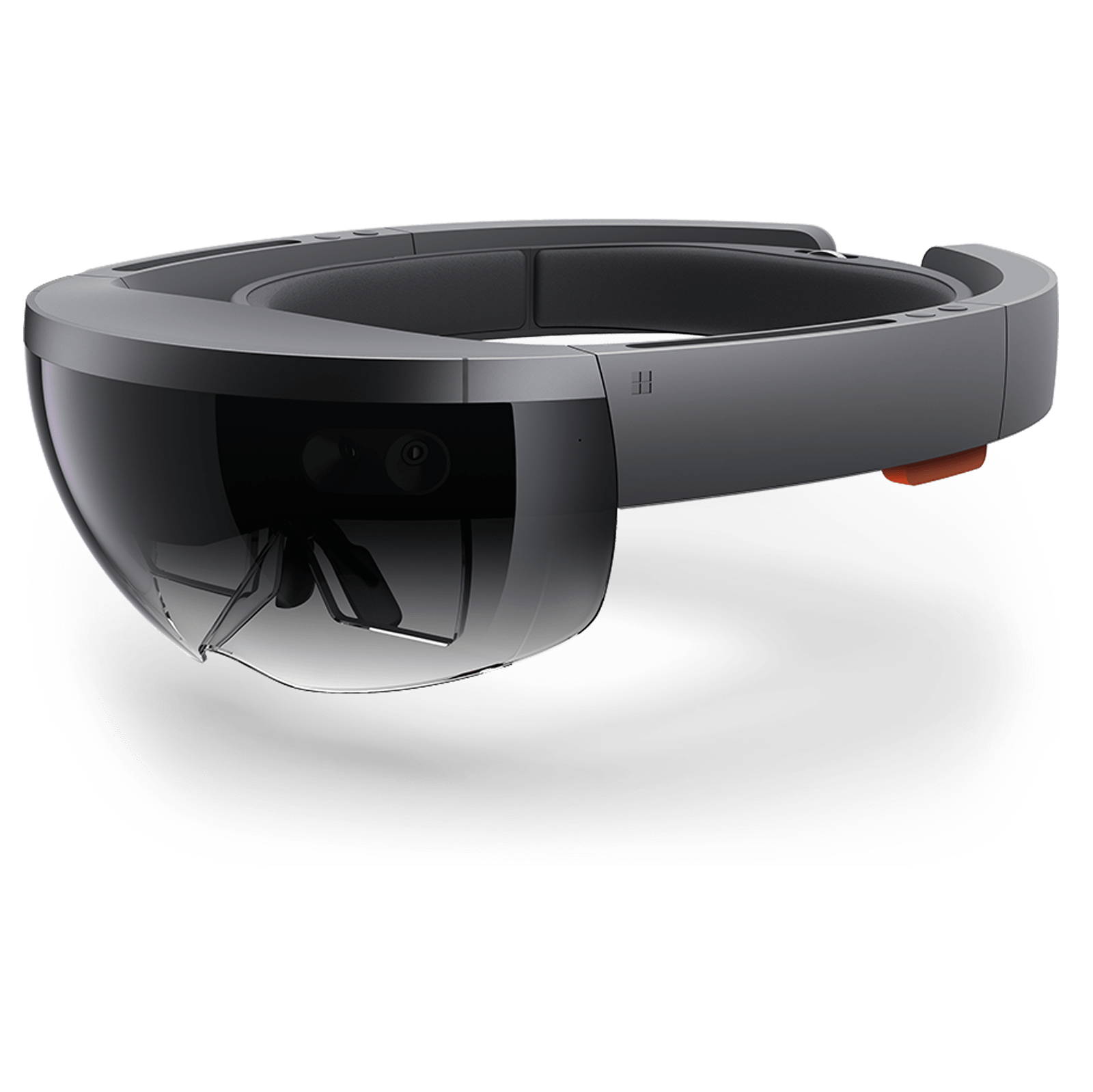The term “metaverse” was created by author Neal Stephenson for his 1992 cyberpunk novel Snow Crash. It describes the virtual reality (VR) world in which the book’s protagonist, Hiro, socializes, shops, and vanquishes real-world enemies through his avatar.

What is MetaVerse?
The metaverse is a cloud-distributed, multi-vendor, immersive-interactive operating environment that users can access through various interconnected devices (both static and mobile). It uses Web 2.0 and Web 3.0 technologies to provide an interactive layer on top of the existing internet. As offered, it is an open platform for working and playing inside a VR/AR/MR/XR atmosphere. This concept is similar to existing MMORPG platforms.
Meta Verse MV
However, while each MMORPG represents a proprietary single virtual world, the metaverse will allow players to move between virtual spaces together with their virtual assets seamlessly. The metaverse is not simply a platform for human users; it will also be a transmission layer for smart city gizmos through which humans and AI can share communication.
Threats for MetaVerse
MetaVerse (MV) It is challenging to envision cyberthreats for a product space that doesn’t exist yet and may or may not exist in the form that we visualised. With that in mind, we brainstormed thoughts to refine our insight of the metaverse and pinpoint threats against it and inside it.
NFTs
Non-Fungible Tokens
A non-fungible token (NFT) is a unique unit of data that is stored in a blockchain and can be sold and traded. NFT data can contain hashes or links to digital files of text, photos, videos, audio, and more. NFTs provide a public certificate of authenticity or proof of data ownership, although there is no lawful foundation for this type of license yet. They are uniquely identifiable and governed by smart contracts.
benefits of pen testing
MetaVerse
- Proactively identify the risks of NFTs – There will be a fee for transferring digital assets across metaverse, and users will also need a broker to operate asset exchanges. CyberAttackers can pretend to be brokers and steal payment information.
- Prevent Ransomware operators in the metaverse will target and try to ransom NFTs.
- Conventional IT attacks, such as vulnerability exploitation, can be used to achieved to access the industrial equipments.
- Mitigate the Risk of Avatar tracking a person’s virtual location.
- Mitigate Cyber Criminals who get access to a power plant’s digital twin can exploit it to gain unlawful access to the plant’s internal systems and/or the ICS/SCADA environment.
- Mitigate the Embedded System and its OS related vulnerabilities.


